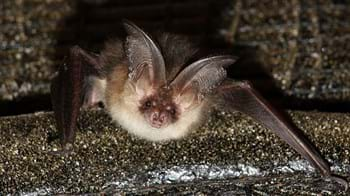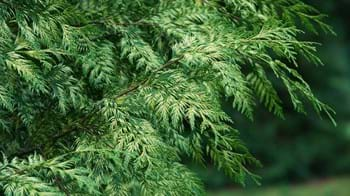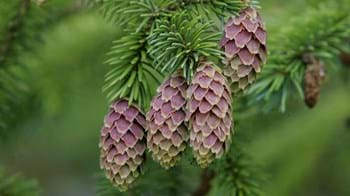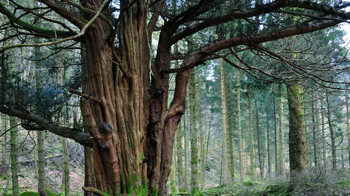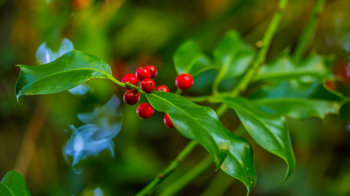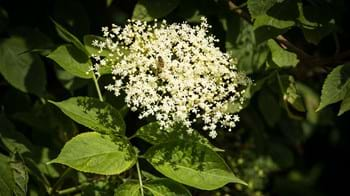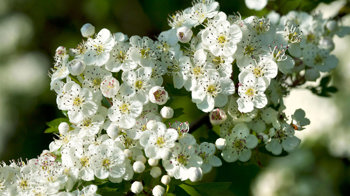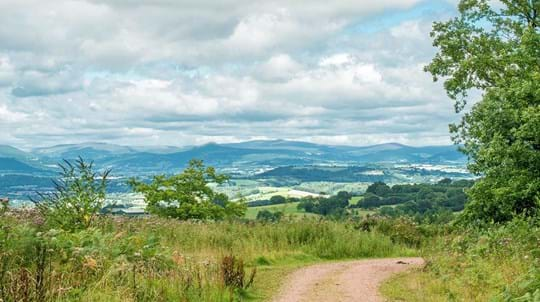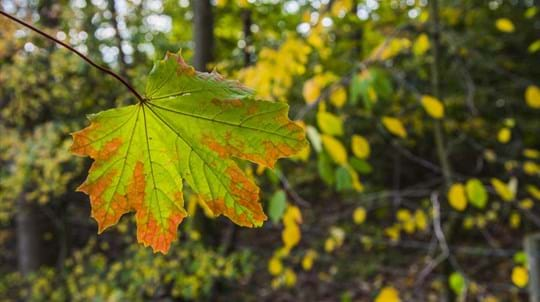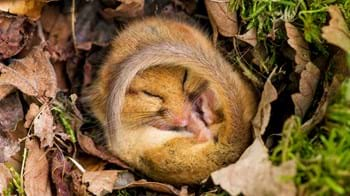
Wentwood
Llanvair Discsoed

Woodland Trust wood group
- Wentwood Lots 3 to 6
- Wentwood Lots 1 & 2
171.13 ha (422.86 acres)
ST433950
Explorer 152
OS Landranger 172
Once part of the hunting grounds of Chepstow Castle, Wentwood offers walks with breathtaking views over the Severn Estuary. Its diversity of habitats means it is home to some wonderful wildlife. Visit in spring to enjoy the bluebells or in autumn to spot colourful fungi.
As well as the spotted caps of the fly agaric, you’ll come across the yellowish sulphur tuft, the crusty white earthball and the bright orange funnels of the chanterelle. Make sure to visit the ancient Curley Oak while you’re here!
Features
- Parking nearby
- Public access
- Coniferous woodland
How to get to Wentwood
Wentwood is around 8km (5 miles) north of the village of Llanfair Discoed, between Newport and Chepstow.
The 353-hectare (873-acre) section of Wentwood owned by the Woodland Trust is part of a much larger area of forest, stretching over 1,000 hectares (2,500 acres).
From Newport, take the A48 towards Llanfair Discoed, and then take the Usk Road. The Cadira Beeches (non-Woodland Trust woodland) car park is on your left after around 4.8km (3 miles), and the Foresters’ Oaks picnic site car park is west of Foresters’ Oaks.
The nearest train stations are in Caldicot, 7km (4.3 miles) from Wentwood, and in Newport, 24km (15 miles) away.
Visit National Rail for more information.
There are several buses a day between Newport and Chepstow. The bus stop on Greenmeadow Drive, Parc Seymour, is 1.6km (1 mile) from the Wentwood Gate entrance.
Visit Traveline for more information.
Facilities and access
The main entrances are located at the two car parks: Foresters’ Oaks and Cadira Beeches, on the road to Usk. There are a number of other entrances, including Wentworth Gate which is closest to bus routes and the ancient Curley Oak.
The forest has an extensive network of roads, tracks, footpaths and bridleways, waymarked throughout, providing many walking routes. Paths are moderate with some short, steep climbs, and can be muddy in winter. The site is also a popular location for horse riding, orienteering and cycling.
The Cadira Beeches car park is on your left after around 4.8km (3 miles) on the Usk road, and the Foresters’ Oaks car park is west of Foresters’ Oak. There is also unofficial parking for several cars at Little Oak and Highest Point.
There are no public toilets in the vicinity. There are, however, a few pubs in Llanbeder, 5.9km (3.7 miles) from the wood, which will have toilet facilities for customers.
Wildlife and habitats
Animals
Wentwood is teeming with wildlife. Look out for wood ant nests which can be up to four feet high and listen for the sweet song of the wood warbler on warm summer days. Over 70 species of bird and 23 species of butterfly have been recorded on site.
Trees, plants and fungi
After continued historical use of the native trees at Wentwood, the majority of the deciduous trees were felled during the Second World War and the wood replanted with conifers in the 1950s and 1960s. The woodland is now regenerating and native trees have been reintroduced.
Be sure to look out for some of the weird and wonderful fungi species that grow in the wood, such as the fly agaric and chanterelle.
Habitats
Despite the damage caused by conifer plantations, Wentwood provides a diverse and important habitat for many rare species. As regeneration continues, this valuable area continues to support local flora and wildlife.
History of Wentwood
Wentwood forms part of the largest block of ancient woodland in Wales, and is a remnant of the continuous forest that once stretched from the River Usk to the Wye. There are a number of Bronze Age tumuli (funerary barrows) on the ridge tops, and in Roman times the wood was an important source of timber.
Wentwood is mentioned in ancient texts, such as the 12th-century Book of Llandaff, one of Wales’ earliest ecclesiastical manuscripts. In 1271, a survey for the Lord of Chepstow listed 21 tenants with rights to timber and firewood.
During the 15th century, it was the haunt of outlaws following the Welsh revolt against English rule, led by the prince, Owain Glyndwr.
In 1584, a forest court known as the Speech Court of the Forest of Wentwood was established at the Foresters’ Oaks, two huge trees which no longer remain.
In the 17th century, the forest was owned by the Earl of Worcester, and in 1630 a third of it was enclosed, despite huge protests from those with traditional rights. Major felling then took place to provide charcoal for local industry and this was the start of a process which led to the disappearance of all ancient rights. Evidence of the site’s industrial heritage can still be seen in the form of charcoal hearths and the remains of a mill.

Credit: Mark Zytynski / WTML
Conifer plantations
The first small areas of fir and larch were planted by 1760, followed by larger scale planting. The world wars saw most of the remaining broadleaved trees felled, with much of the forest being cleared to provide timber for First World War trenches. The Second World War underground bunkers still exist in the wood.
Acquisition and restoration
By the 1960s, all the woodland now in the Trust’s ownership was planted with conifers. We bought part of Wentwood in 2006 and have since thinned the conifers to restore the ancient woodland, heathland and wood pasture, and improve habitats for wildlife.

A lasting legacy
This wood is just one of many to have been protected by gifts in wills, securing it for generations to come. Your legacy gift could also make a real difference to woods, trees and wildlife.
Learn what your gift could meanThings to do in Wentwood
Walking
Looking for more than a quick stroll in the woods? The 77km (48-mile) Usk Valley Walk, from Caerleon to Brecon, also passes through Wentwood.

Visiting woods
Walking dogs in our woods
Dogs are welcome for walkies in our woods. Take a look at our tips and guidelines for ensuring we keep our woods safe and special for dogs and wildlife.

Visiting woods
Events
Discover events at our woods and the festivals and fairs you can find us at soon.
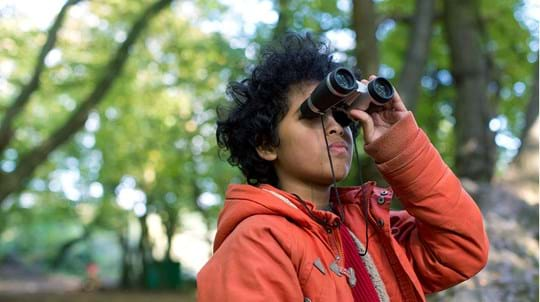
Visiting woods
Things to do in the woods
Go on an adventure. Get closer to nature. Uncover history. Discover ways to explore the UK's woods whatever the season.





















